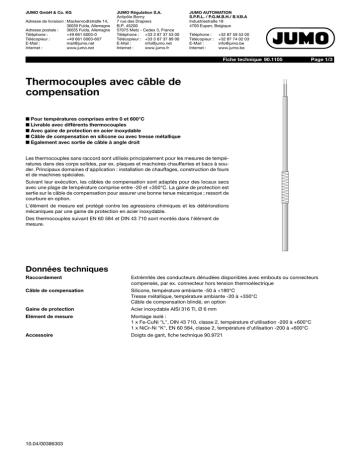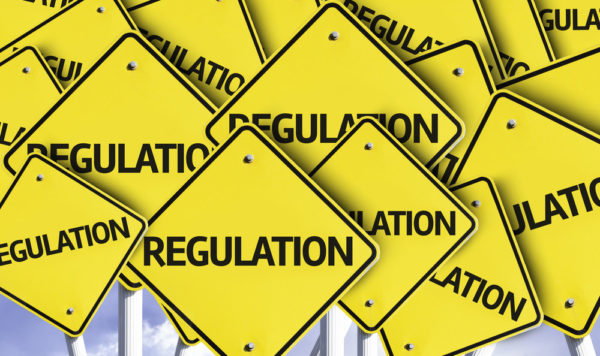Regulation S : What it is
Regulation S: What it is and How it Impacts Businesses Introduction Regulation S is a crucial aspect of securities regulation that every business operating in the United States should be aware of. It provides exemptions for certain securities offerings, particularly those made outside the country. In this post, we will delve into the details of Regulation S, explore its significance, and understand how it impacts businesses. So, let's dive right in! 1. Understanding Regulation S Regulation S refers to a provision under the Securities Act of 1933 that governs the issuance and sale of securities outside the United States. Its primary purpose is to facilitate capital raising activities by U.S. and foreign companies in international markets. When a company complies with the requirements of Regulation S, it can offer securities to non-U.S. investors without having to register the offering with the Securities and Exchange Commission (SEC) or adhere to the strict regulations applicable to domestic offerings. This exemption often allows companies to access foreign capital markets more efficiently. 2. The Importance of Compliance As an entrepreneur or business owner, understanding and complying with Regulation S is crucial for several reasons: a) Access to International Markets: By utilizing Regulation S, companies can tap into international markets, expand their investor base, and raise capital from non-U.S. investors. This can prove advantageous for companies seeking diverse sources of funding. b) Cost Savings: Registering a securities offering with the SEC can be an expensive process. By complying with Regulation S, businesses can avoid significant costs associated with domestic registration, which typically includes legal fees, accounting expenses, and filing fees. c) Flexibility in Timing: Registered offerings require a lengthy process that can delay the company's ability to raise funds. With Regulation S, companies can choose to launch their offerings outside the U.S. promptly, without facing unnecessary delays. 3. How Regulation S Works To utilize the exemptions provided by Regulation S, businesses must meet certain criteria and follow specific guidelines. Here's a breakdown of the key elements: a) Offshore Transactions: Regulation S applies to securities offerings made in offshore transactions, meaning the offer or sale does not involve any directed selling efforts in the United States. b) Restricted Securities: The securities offered under Regulation S are subject to transfer restrictions, meaning they cannot be resold to U.S. persons for a specific period. This ensures that the offering primarily targets foreign investors. c) No "Bad Actor" Involvement: Companies relying on Regulation S must ensure that they are not engaging with individuals or entities that have been restricted by the SEC or involved in fraudulent activities. Amidst this regulatory framework, businesses can strategically plan their securities offerings to comply with Regulation S, expand their investor pool, and raise capital in a cost-effective manner. FAQs (Frequently Asked Questions) About Regulation S 1. What are the penalties for non-compliance with Regulation S? Failure to comply with Regulation S can lead to severe consequences, including civil and criminal penalties. The SEC may impose fines, revoke exemptions, or even pursue criminal charges against non-compliant businesses. 2. Can U.S. investors participate in Regulation S offerings? Under Regulation S, U.S. investors are generally excluded from participating in the offering. The securities are specifically intended for non-U.S. investors to ensure compliance. 3. Is there a time restriction for reselling securities acquired through Regulation S? Yes, securities acquired through Regulation S are subject to specific holding periods before they can be resold within the United States. These holding periods may vary based on the specific exemption utilized and are put in place to prevent immediate resale to U.S. investors. Conclusion Regulation S plays a significant role in facilitating cross-border securities offerings for businesses. By understanding the intricacies of this regulation, companies can leverage its exemptions to raise capital from non-U.S. investors, access international markets, and save costs associated with domestic registration. Compliance with Regulation S requires careful planning and adherence to the guidelines set forth by the SEC. Therefore, it is crucial for businesses operating in the United States to consult legal and financial experts to ensure they navigate this regulatory landscape successfully.  Image Source : frv.kpmg.us
Image Source : frv.kpmg.us  Image Source : www.iflr.com
Image Source : www.iflr.com  Image Source : manualzz.com
Image Source : manualzz.com  Image Source : www.securitieslawyer101.com
Image Source : www.securitieslawyer101.com  Image Source : mergerarbitragelimited.com
Image Source : mergerarbitragelimited.com  Image Source : 1000-pro.com
Image Source : 1000-pro.com  Image Source : www.ebay.com
Image Source : www.ebay.com  Image Source : www.securitieslawyer101.com
Image Source : www.securitieslawyer101.com
SEC Adopts Further Changes To Regulation S-K
 Image Source : frv.kpmg.us
Image Source : frv.kpmg.us Australian Regulation’s New Frontier | IFLR
 Image Source : www.iflr.com
Image Source : www.iflr.com JUMO GmbH & Co. KG JUMO Régulation S.A. JUMO AUTOMATION | Manualzz
 Image Source : manualzz.com
Image Source : manualzz.com What Is A Regulation S Offering? Going Public Lawyers
 Image Source : www.securitieslawyer101.com
Image Source : www.securitieslawyer101.com regulation public registration form going securities statement laws suspensions trading using state offering law termination section apply offerings sec
Regulation S – Merger Arbitrage Limited
 Image Source : mergerarbitragelimited.com
Image Source : mergerarbitragelimited.com regulation
【結城駿】「Regulation’s High!」 | MILLENNIUM PRO
 Image Source : 1000-pro.com
Image Source : 1000-pro.com SEC Regulation S-K: Standard Instructions For Filing Forms
 Image Source : www.ebay.com
Image Source : www.ebay.com Regulation S-K Item 507 - Going Public Attorneys
 Image Source : www.securitieslawyer101.com
Image Source : www.securitieslawyer101.com Australian regulation’s new frontier. What is a regulation s offering? going public lawyers. Regulation s – merger arbitrage limited. 【結城駿】「regulation’s high!」. Regulation public registration form going securities statement laws suspensions trading using state offering law termination section apply offerings sec